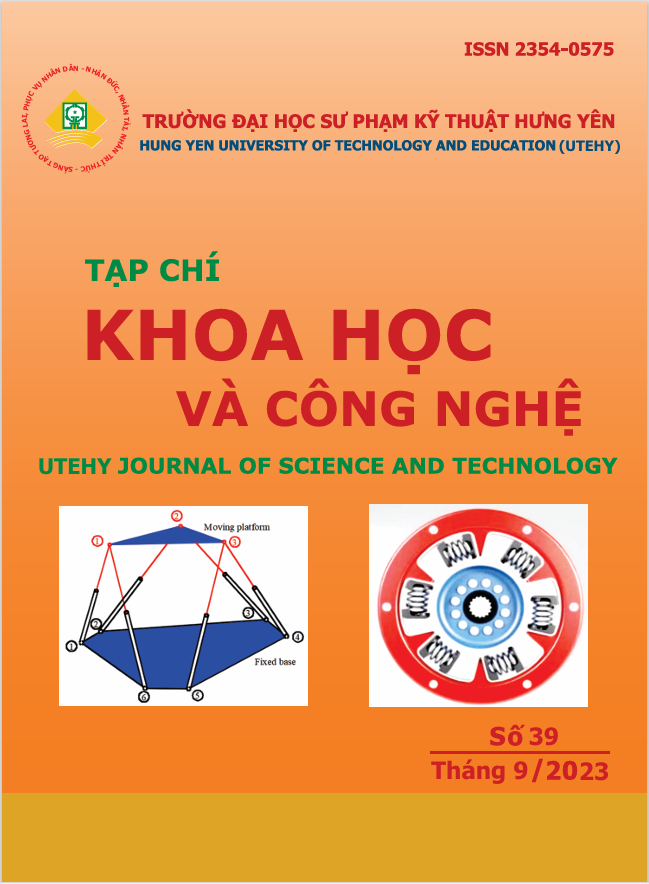ON A RESEARCH TORSIONAL VIBRATIONS IN DAMPED SHAFT SYSTEMS WITH MULTIPLE DEGREES OF FREEDOM
Abstract
Analytical research is particularly challenging when it comes to studying oscillations while accounting for the drag of the primary system. In this paper, a method for reducing torsional vibrations of a multi degrees of freedom shaft system with damping device (DVA) is presented. The method combines numerical method with simulation of torsional vibration response of the shaft system. The study’s goal is to identify the ideal values for DVA characteristics, such as spring stiffness, damping coefficient of viscosity, mass moment of inertia of dampers, and the number and placement of dampers. Springs and dampers are positioned radially. The system’s differential equations are solved using an algorithm built into the Maple software to find the system’s torsional vibration responses. The system’s equations of motion are constructed as a matrix. ANOVA is used to verify the Taguchi approach, which is used to solve multivariable optimization problems and establish the ideal DVA parameters. The data obtained indicate that the spring’s radial position is the element that most significantly affects the shaft’s oscillation. Torsional vibration in the system is significantly reduced by DVA with optimum parameters.
References
Den Hartog J.P, The theory of the DVA. Transactions of ASME, 1928, 50, pp. 9-22.
Den Hartog J.P, Mechanical Vibrations, 4th Edition, McGraw-Hill, NY, 1982.
Brock J.E, A note on the DVA. Journal of Applied Mechanics, 1946, 13(4), A-284.
Nishihara O, Close form solutions to the exact optimizations of DVA. Journal of Vibration and Acoustrics, 2002, 124, pp. 576-582.
Wilson WK, Practical solution of torsional vibration problems: with examples from marine, electrical, and automobile engineering practice, Devices for controlling vibration, 3rd ed. London: Chapman and Hall, 1968, Vol 4.
Sarazin RRR, Means adapted to reduce the torsional oscillations of crankshafts, Patent 2079226, USA, 1937.
Madden JF, Constant frequency bifilar vibration absorber, Patent 4218187, USA, 1980.
Swank M, Dynamic absorbers for modern powertrains, SAE paper 2011-01-1554, 2011.
XT Vu et al, Closed-form solutions to the optimization of dynamic vibration absorber attached to multi degree-of-freedom damped linear systems under torsional excitation using the fixed-point theory. Journal of Mutibody Dynamics, 2017, Volume 232, issue 2, pp. 237-252.
Genechi Taguchi, Taguchi Method and Application, Tokyo 1980.

